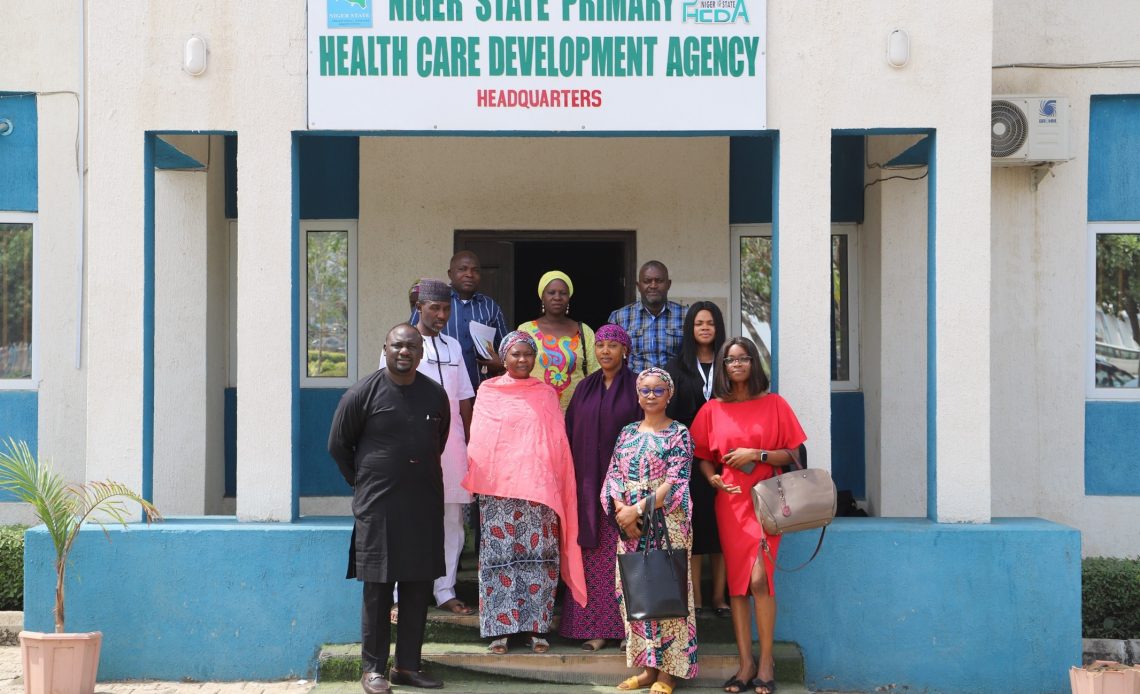By Ohanu Dabri Olohije and Oluoma Omeje (Lead Writers)
Despite decades of commitments, prioritisation and investments, Nigeria continues to grapple with preventable maternal and neonatal deaths. According to the 2018 Nigeria Demographic and Health Survey (NDHS), maternal mortality in Nigeria stands at 512 deaths per 100,000 live births and 132 deaths per 1,000 live births for children under age five. These statistics are very far from the Sustainable Development Goal (SDG) targets of reducing maternal mortality to less than 70 deaths per 100,000 live births and reducing under five mortality to as low as 25 per 1,000 live births. Likewise, in Niger State, 1 in every 95 women dies from preventable pregnancy and childbirth related issues.
Listening to What Women Want — their voices, needs and perspectives to quality maternal health is very vital if the SDG targets are to be achieved.
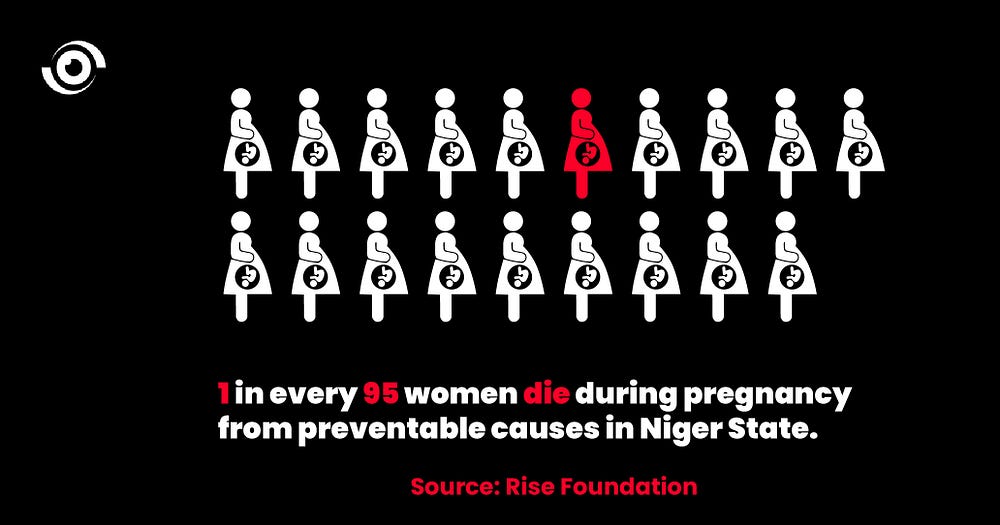
Women and girls have spoken, now it’s time to listen
From 2018 to 2019, White Ribbon Alliance — a global initiative that advocates for women’s and girls’ health, rights, and gender equality — conducted a campaign in Niger State to listen to “What Women Want” and “Midwives Voices”. Among the various demands, the provision of resources for the implementation of family planning initiatives and the deployment of skilled and better-supported female midwives and nurses in the health facilities topped the priority list. Similarly, in 2020, the “Why are Women Dying While Giving Birth in Nigeria” report, a community-informed maternal death review supported by MSD for Mothers found that there was a need for accountability for maternal and perinatal deaths in the community, as well as a need to implement a community Maternal Death Surveillance and Response (C-MPDSR) to ensure each maternal death was accounted for.
In January 2023, White Ribbon Alliance, with support from the Bill & Melinda Gates Foundation, engaged Nigeria Health Watch to implement the Women’s Voices for Action: Advocacy and Communications for Better Maternal Health Care project. The aim is to use evidence from the ‘What Women Want’ and ‘Midwives Voices’ campaigns to inform decision-making and programme implementation, ensuring that women’s needs are met.
Drawing from the major demands of women and midwives during these campaigns, three advocacy objectives were derived to support Niger State:
- Increase funding releases for family planning services.
- Support availability of skilled midwives in the focal Primary Health Centres (PHCs)
- Institutionalise community MPDSR committees for improved accountability in at least three communities.
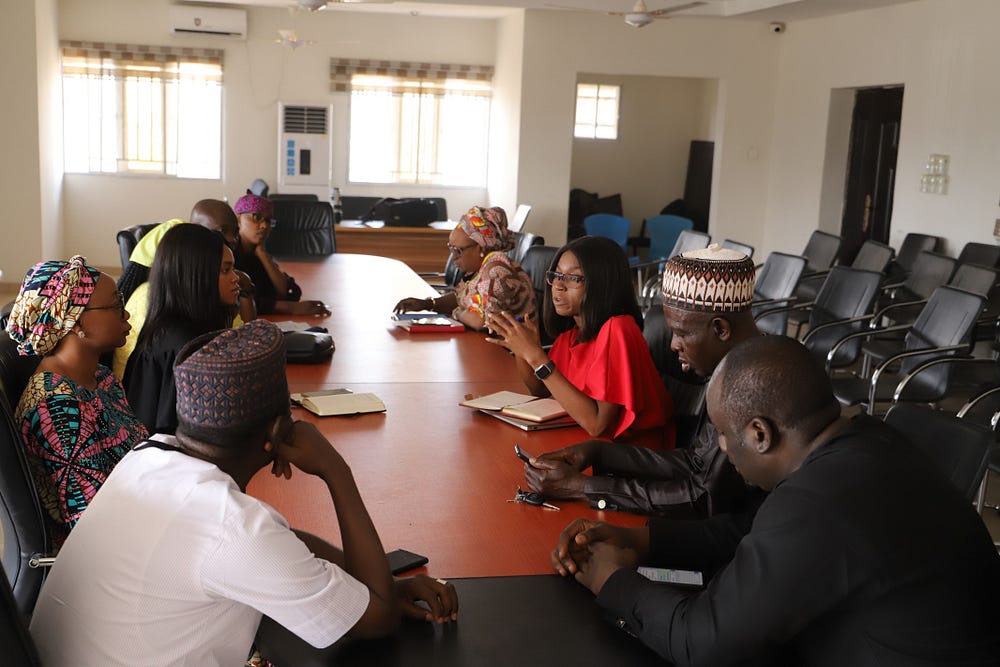
Situation analysis
Before proceeding with any advocacy objective, it was crucial to have a comprehensive understanding of the situation in the state. Therefore, using a mixed-method research methodology — quantitative and qualitative — the team carried out a baseline assessment to ascertain the current state of affairs in the state. Quantitative data was obtained from the approved state health budgets over a five-year period (2019 to 2023) at the Niger State Primary Healthcare Development Agency (NSPHCDA) and the Niger State Planning Commission (NSPC). Respondents for the qualitative assessment were selected based on the relevance of their roles in the state’s health budget development and release, as well as the MPDSR and the availability and distribution of midwives in the state. At the state level, key informant interviews (KIIs) were conducted at the State Ministry of Health (SMoH), NSPHCDA and NSPC. At the community level, respondents were women of childbearing age in the community, traditional leaders and skilled birth attendants.
Findings from the situation analysis were discussed across the advocacy objectives, as follows:
- Trend and drivers of budget allocations and releases for family planning (FP) services in the state
From 2019 to 2023, budget allocation increased annually with a slight dip from the 2020 allocation by 26.34% in 2021. However, while budget releases increased between 2019 and 2020 by 33% and 18% respectively, there were no releases from 2021.
Findings from the qualitative assessment indicated that the budget allocation in the Niger State Primary Health Care Development Agency is determined by the sum of the envelope for the agency from the Planning Commission. Within the NSPHCDA, the Department of Health Planning, Research and Statistics (DPRS) share the allocated envelope to the different programmes (including FP) based on their performance in the previous year. Similarly, budget release to the NSPHCDA is done holistically; hence, the DPRS shares released funds to different programmes based on their performance in the previous year.
The major constraint to budget releases for family planning is limited resources released to the NSPHCDA and prioritisation of the programmes, based on available resources. Another challenge associated with budget releases is the cumbersome and slow budget release process, which discourages funding requests by the programme staff.
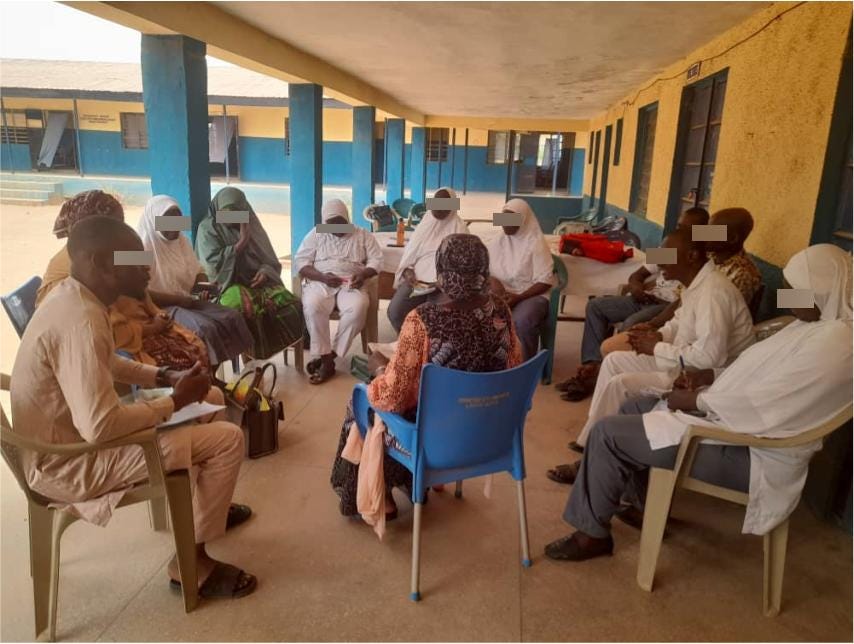
Current realities of community Maternal and Perinatal Death Surveillance and Response (MPDSR) committees in Niger State
Reports show that most women in Niger State engage in home-based delivery compared to delivery in health facilities, despite an increase in antenatal visits. Focus group discussions revealed that the majority of the women prefer homebirths. This is in line with the NDHS 2018 report which stated that 74% of the births in Niger State occur at home, and 62.5% of all births in the state are assisted by relatives.
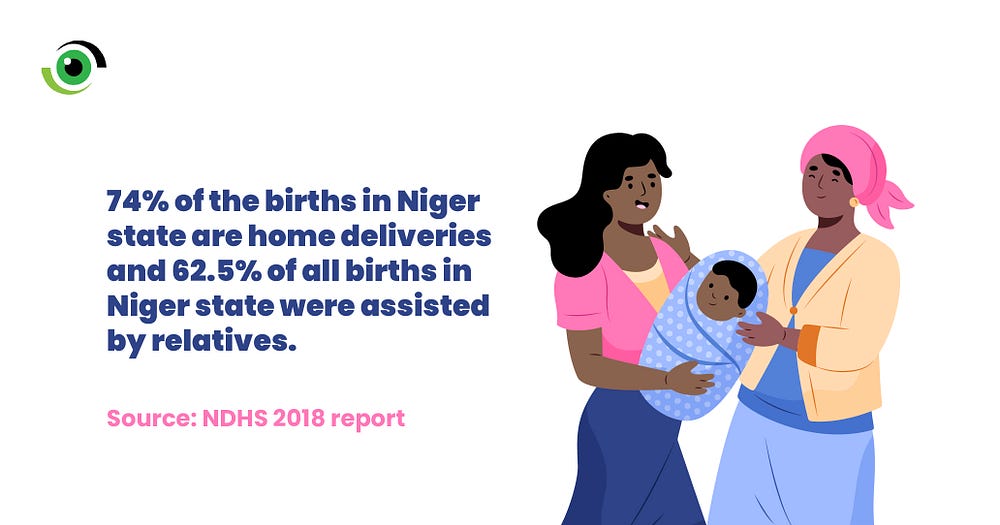
The baseline assessment revealed that despite the fact that the majority of the births are at home with the assistance of relatives, there are no MPDSR committees in the communities to provide accountability for maternal and perinatal deaths. At the state level, there is a functioning MPDSR committee that holds monthly verbal autopsy review meetings where recommendations are made, and responses are provided and monitored for improved maternal health care in the state.
Findings from the situation analysis highlighted some of the potential challenges of institutionalising C-MPDSR committees, including, the unavailability of data collection tools, lack of external motivation, refresher trainings and exit of already trained personnel.
- Baseline for the equitable distribution of midwives in the 274 focal PHCs and conduct of supportive supervisions in Niger State
In 2020, there were only 66 state-employed midwives in Niger State. However, findings from the situation analysis revealed that over 500 nurses and midwives are being recruited through four channels: the Niger State government, the Basic Health Care Provision Fund (BHCPF), GAVI, the Vaccine Alliance and Expanded Midwives Service Scheme (eMSS). The deployment of these midwives will prioritise the 274 focal PHCs in the state.
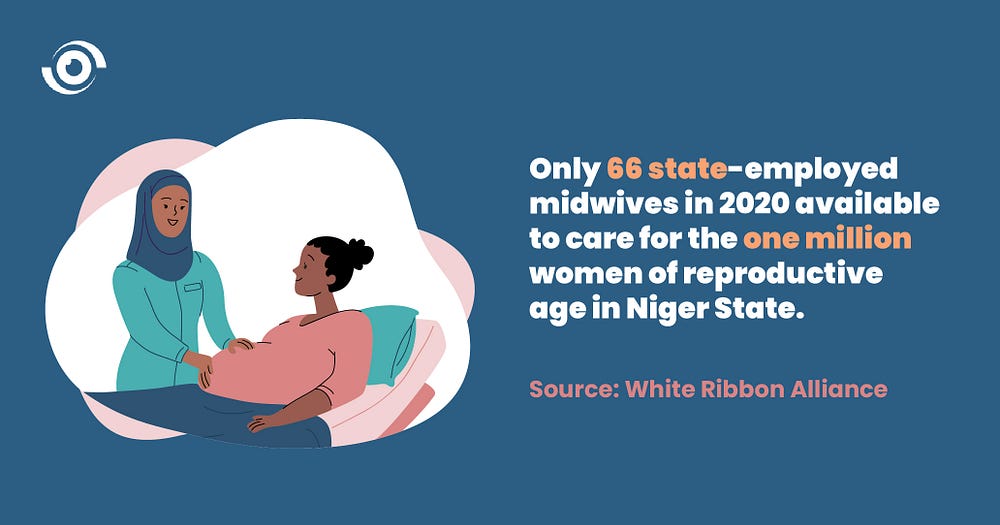
Whilst recruitment measures have been put in place to address the limited number of nurses and midwives in the state, respondents pointed out that another major issue is the retention of these midwives in rural and hard-to-reach areas in the state. As a result, there is a need to establish supportive supervision mechanisms, such as regular supervisory visits to midwives to improve retention and reduce absenteeism/chronic ghost workers, particularly in the 274 focal PHCs.
Not business as usual
The assessment provided valuable insights into the state of maternal health in Niger State and revealed the following recommendations for the NSPHCDA:
- Request for funds early in the year to increase the chances of releases.
- Prioritise funds for family planning, C-MPDSR and supervision of nurses and midwives, when the funds are released to the NSPHCDA.
- Set up fully functional C-MPDSR committees in at least three communities in the state.
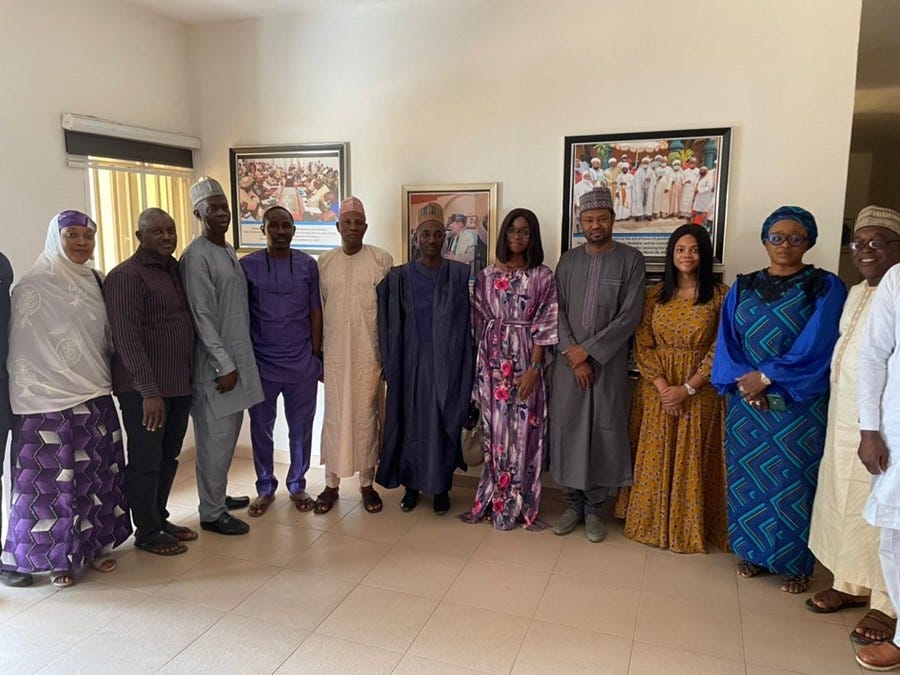
While the baseline assessment was carried out to guide the implementation of the Women’s Voices for Action project, it calls for unique approaches such as policy dialogues and townhall meetings to achieve the set advocacy objectives.
The Women’s Voices for Action project will support the NSPHCDA staff to implement the recommendations by providing technical assistance to ensure early funding requests for identified activities and the use of town hall meetings to obtain commitment from the community leaders for the institutionalisation of C-MPDSRs. Furthermore, the project will convene policy dialogues to advocate for the state to establish an accountability system to ensure that maternal deaths are documented and the evidence generated used to improve the quality of maternal healthcare.


